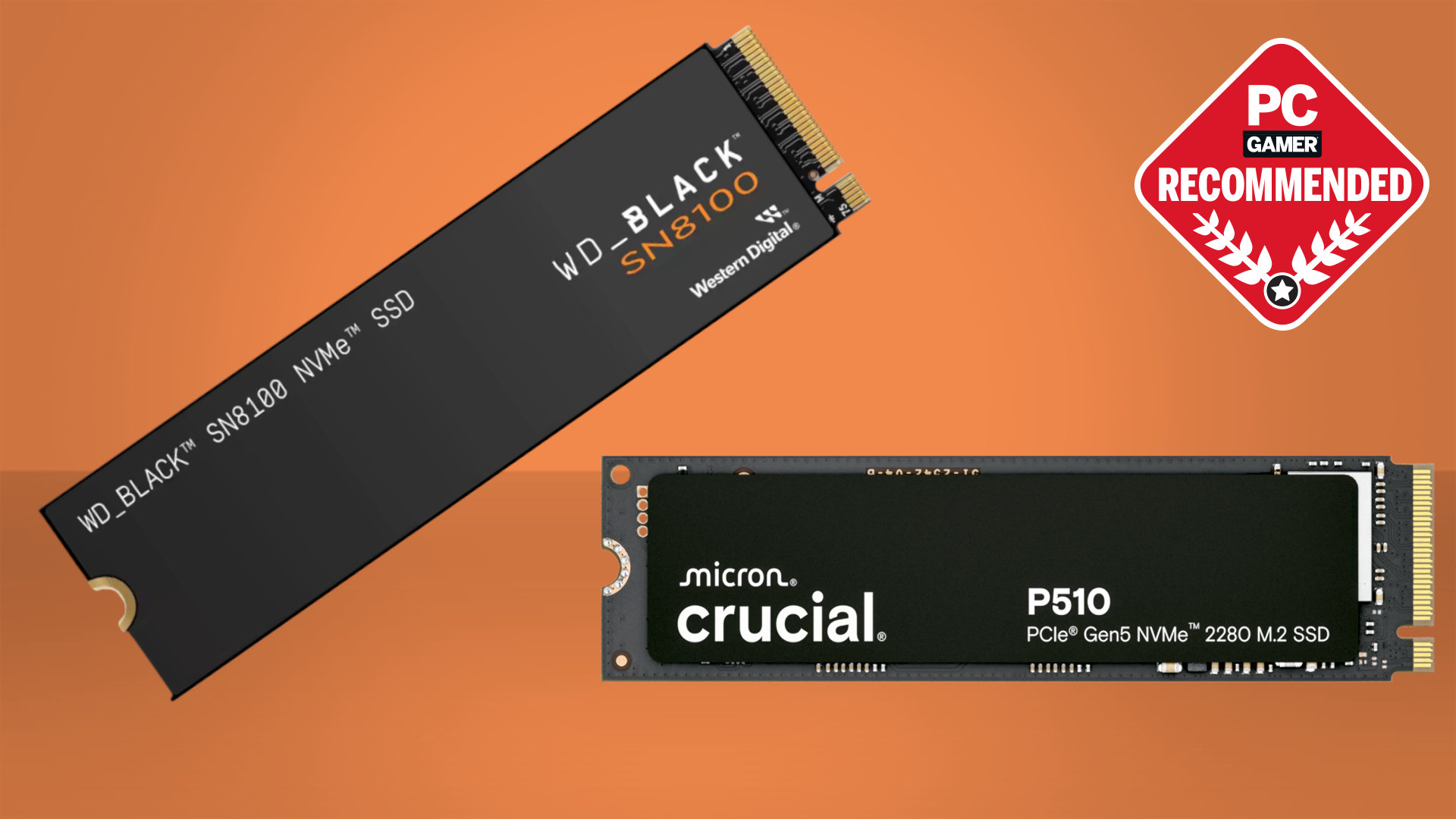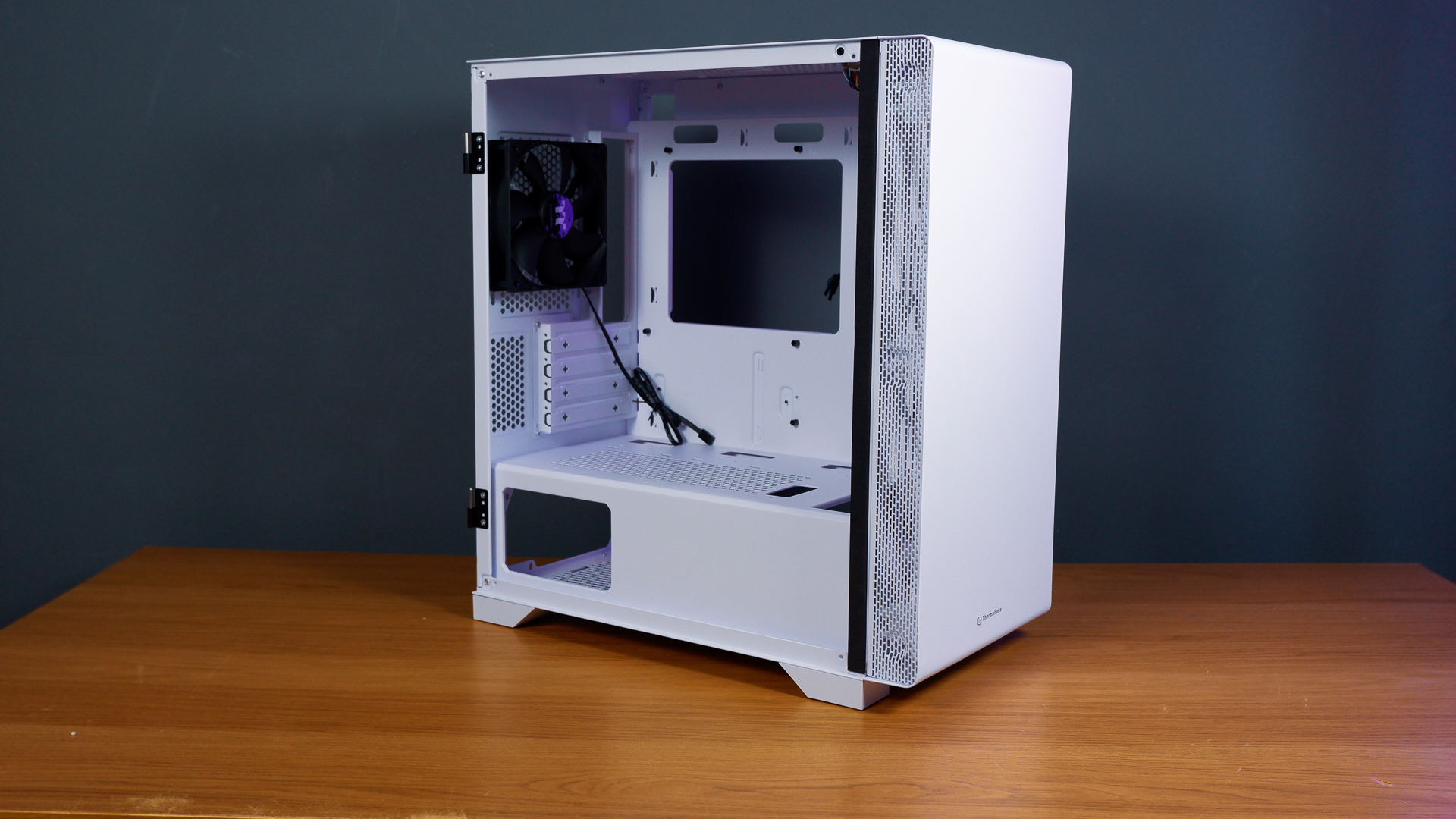Valve is helping developers make their games sound more realistic
The free Steam Audio SDK seeks to better simulate how sound travels through space.
Valve released a free software development kit today which aims to better simulate how sound bounces around environments. One goal is to improve the fidelity of VR experiences—if we're meant to believe a space is real, it should sound like a real place—but the tech can be used for any kind of game.
The SDK includes features such as "physics-based reverb" and "real-time sound propagation," which are described in the announcement post. In short, Steam Audio calculates how sound moves through a scene, adjusting the volume and quality (echoey, flat) by taking into account the environment's geometry and materials. A glass pane should reflect a lot of sound, for instance, whereas drywall should produce less reverb. You can see and hear how it handles a simple room in the video above.
The Steam Audio SDK is currently available as a Unity plug-in, but the source can also be integrated into other engines. Epic will be demonstrating Steam Audio in Unreal Engine during GDC next week.
How Steam Audio compares to existing solutions is up for debate (by developers who understand the math, and less so me) but there's nothing stopping anyone from giving it a try: Steam Audio is free for use in all projects, with no royalty fees, and can be downloaded from the project's Github page.
For an overview of 3D audio tech specifically—especially as it relates to VR—check out Tuan's story on the subject from April.
Keep up to date with the most important stories and the best deals, as picked by the PC Gamer team.

Tyler grew up in Silicon Valley during the '80s and '90s, playing games like Zork and Arkanoid on early PCs. He was later captivated by Myst, SimCity, Civilization, Command & Conquer, all the shooters they call "boomer shooters" now, and PS1 classic Bushido Blade (that's right: he had Bleem!). Tyler joined PC Gamer in 2011, and today he's focused on the site's news coverage. His hobbies include amateur boxing and adding to his 1,200-plus hours in Rocket League.

